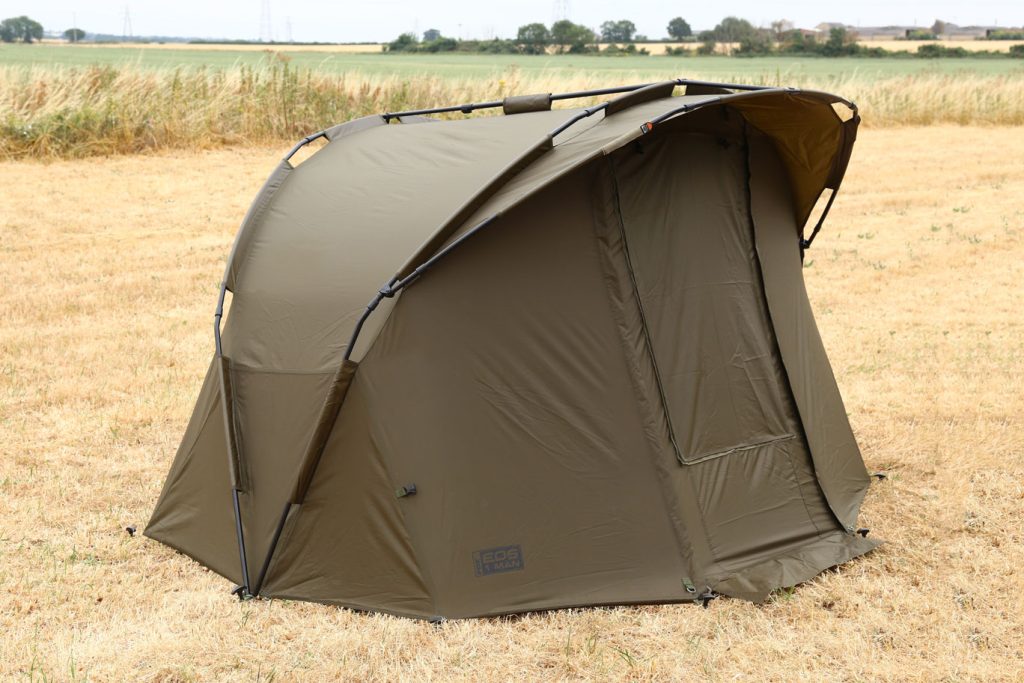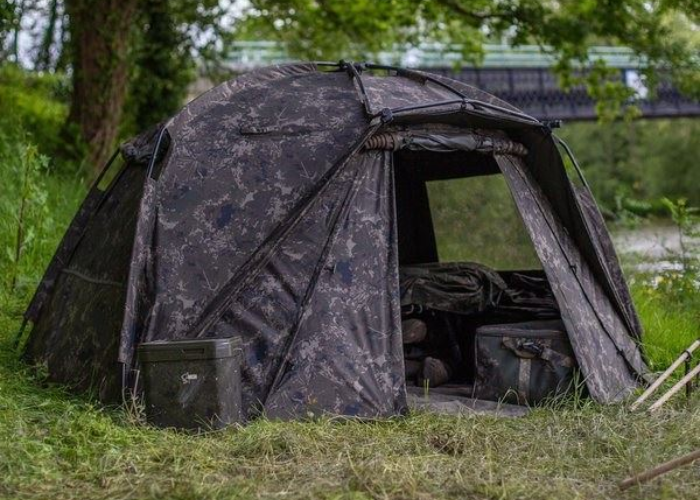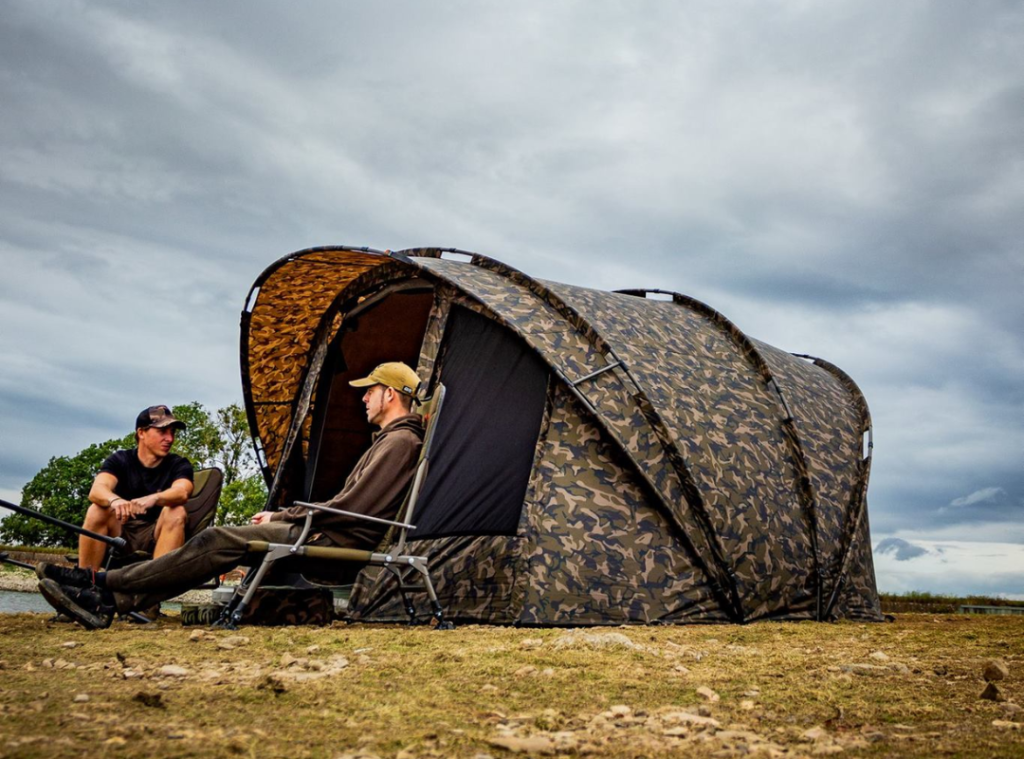As an Amazon Associate I earn from qualifying purchases.
Right, you’ve done the hard work, you’ve put in the hours, and you’ve finally slipped the net under a proper chunk. You hoist it onto the mat and it’s a personal best. Your heart’s pounding! Now what?
You can’t just let that moment fade away. You need to capture it, you need a picture that does that fish justice, a memory that’ll last a lifetime.
And let’s be honest, the camera on your phone is alright for a quick snap, but if you want to capture the true beauty, the colours, the sheer scale of a big carp, you need the right tool for the job.
From epic catch shots to seeing what your rig is doing on the bottom, a good camera is a vital part of your angling arsenal.
So, let’s dive into the best kit for capturing those unforgettable moments on the bank.
The Best Cameras for Anglers: Reviewed
1. GoPro HERO12 Black
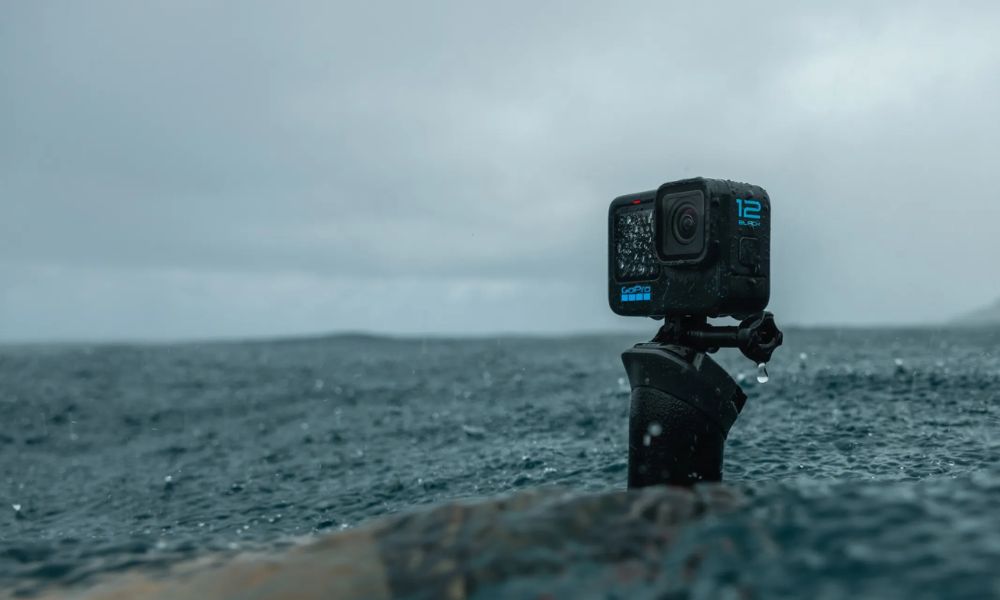
Let’s get one thing straight, the GoPro is an absolute game-changer for fishing. It’s not for your classic, high-quality social media shot, but for everything else, it’s a weapon!
Strap it to your head for insane POV footage of the fight, stick it on a tripod for a wide-angle shot of you cradling the fish, or even dunk it in the margins for a stunning release video.
The HERO12 is tough as nails, waterproof right out of the box, and the HyperSmooth stabilisation is just mind-blowing – no more shaky footage! It’s perfect for capturing the action, the atmosphere, and telling the story of your session.
Every serious angler who makes videos should have one of these in their bag.
| Specification | Details |
| Type | Action Camera |
| Max Video Resolution | 5.3K at 60fps |
| Photo Resolution | 27MP |
| Key Feature | HyperSmooth 6.0 Stabilisation, Waterproof (10m) |
Expert Tip
Use the Quik app on your phone to grab high-quality still photos directly from your video footage. It’s a great way to get a decent action shot without having to switch modes.
2. Sony a6400 (with kit lens)
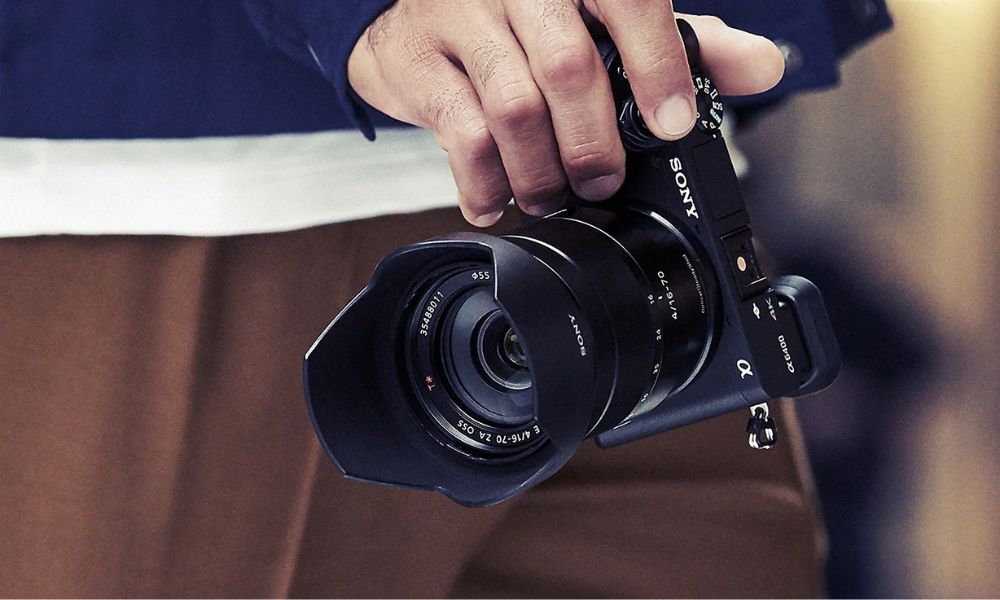
Now we’re talking proper photography.
If you want those crisp, magazine-quality catch shots with a lovely blurred background, you need to step up to a camera like this.
The Sony a6400 is a mirrorless camera, which means it packs the power of a big, bulky DSLR into a much smaller, more convenient body.
The autofocus on this thing is just witchcraft – its ‘Real-Time Eye AF’ will lock onto your eye (or the fish’s eye!) and keep it nail-sharp. The flip-up screen is an absolute godsend for self-takes, allowing you to frame the shot perfectly before you hit the timer.
It’s a bit of an investment, but the picture quality you get is in a different league.
| Specification | Details |
| Type | Mirrorless Camera |
| Sensor | 24.2MP APS-C |
| Key Feature | Real-Time Eye AF, 180-degree tilting touchscreen |
| Video Resolution | 4K |
Expert Tip
Get yourself a decent, sturdy tripod! A good tripod like a Manfrotto or a Korda Jag is non-negotiable for self-takes. It keeps the camera steady and allows you to get down low for that classic, pro-looking low-angle shot.
3. Canon PowerShot G7 X Mark III
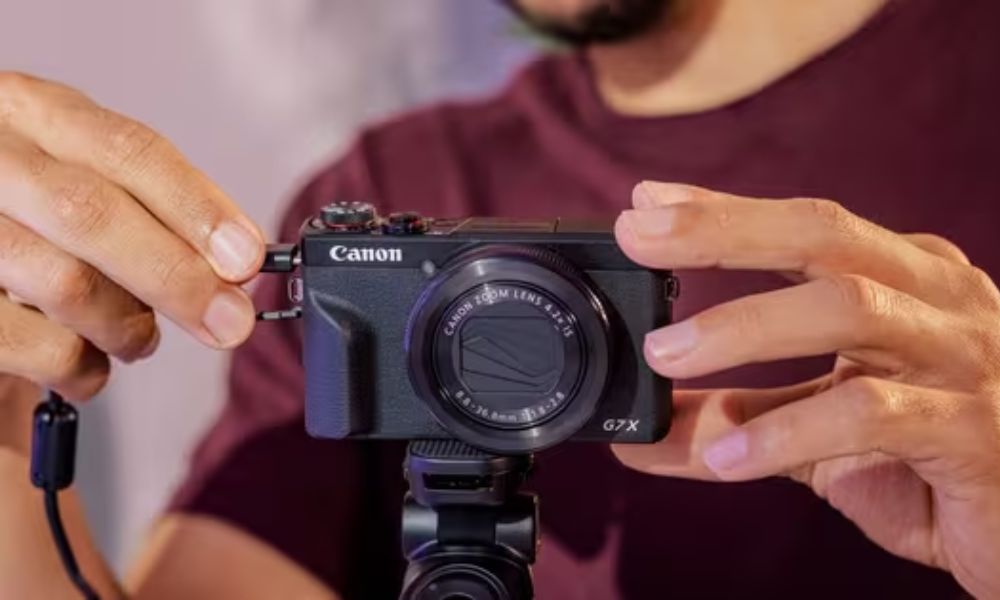
Don’t want to lug a big camera and lenses around? I get it. This is where a premium compact camera like the Canon G7 X Mark III comes in.
It’s small enough to live in your pocket but has a much bigger sensor and better lens than any smartphone, delivering brilliant, sharp photos and fantastic 4K video.
It’s super easy to use, has a handy flip-up screen for framing your shots, and the Wi-Fi connectivity means you can send that new PB shot straight to your mates from the bank.
It’s the perfect middle-ground – a massive step up from a phone without the complexity of a mirrorless or DSLR system.
| Specification | Details |
| Type | Premium Compact Camera |
| Sensor | 20.1MP 1.0-type stacked CMOS |
| Key Feature | Flip-up touchscreen, 4.2x optical zoom |
| Video Resolution | 4K |
Expert Tip
For the angler who wants great quality photos with zero fuss, this is the one. It’s a brilliant point-and-shoot camera that delivers fantastic results every time.
4. Water Wolf HD Underwater Camera
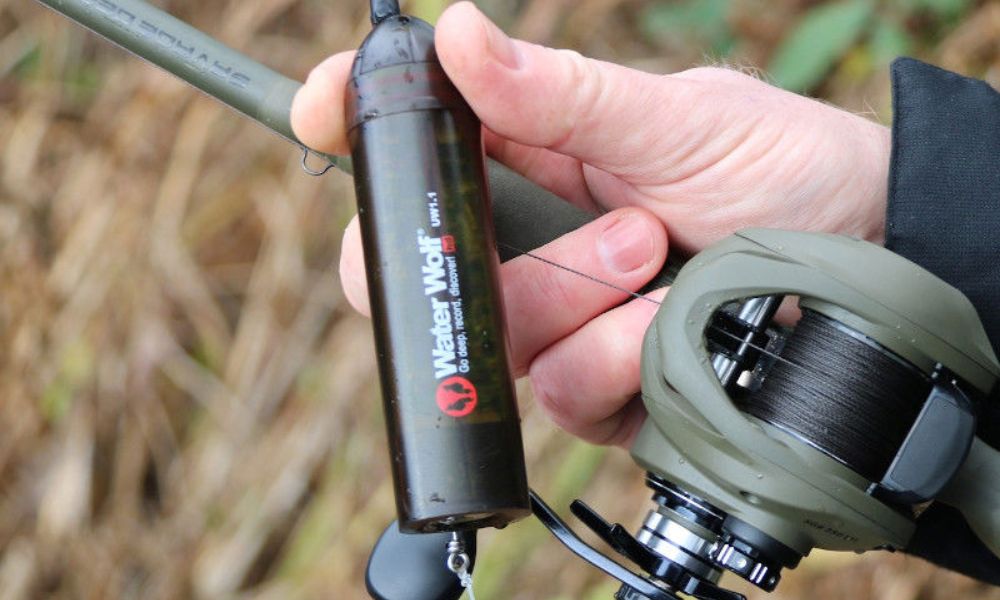
Ever wondered what your spot really looks like? Is that clear patch you found with the leading rod actually clean gravel or is it covered in rubbish?
The Water Wolf shows you exactly what’s going on.
This tough little camera is designed to be cast out on your line, giving you a fish-eye view of the lakebed. You can see how your rig settles, how the bait presents, and, if you’re lucky, you’ll even capture footage of carp coming in and feeding on your spot.
It’s not just a gimmick; it’s a genuine fish-finding and rig-tweaking tool that can teach you more in an afternoon than years of guessing.
| Specification | Details |
| Type | Underwater Action Camera |
| Video Resolution | 720p HD (newer 2K versions available) |
| Key Feature | Inline casting design, 4-hour record time |
| Waterproof | Up to 100m |
Expert Tip
Seeing how your rig behaves is the ultimate edge. You’ll learn instantly if your pop-up is sitting too high or if your wafter is getting buried in silt.
5. Deeper CHIRP+ 2
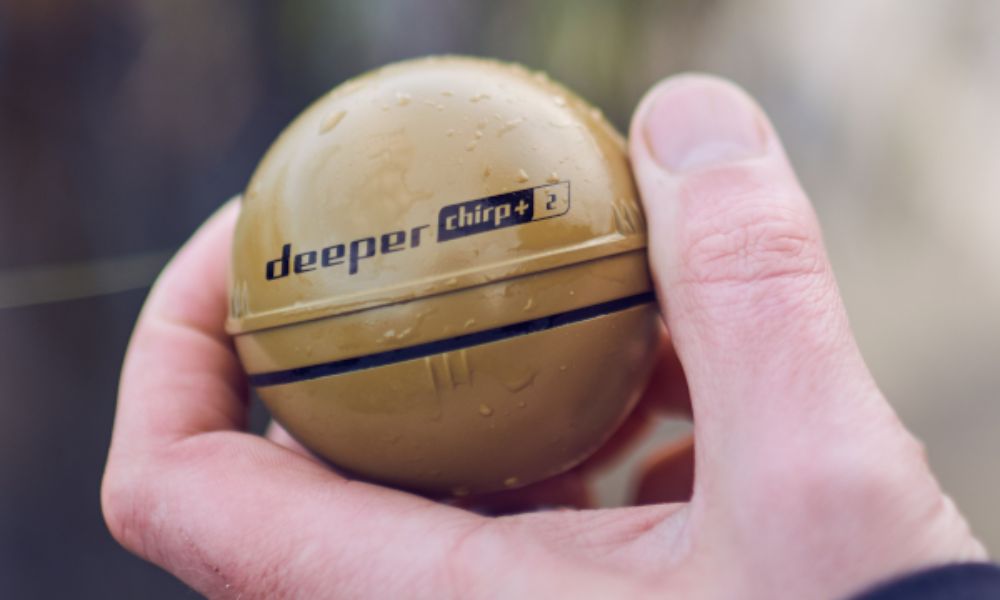
Okay, so it’s not a camera in the traditional sense, but hear me out! The Deeper is your eyes underwater.
This castable sonar connects to your phone and paints a detailed picture of everything below the surface. It uses clever CHIRP technology to find fish, identify features like weed beds and gravel bars, and map the depth and contours of your swim with incredible accuracy.
You can build up a detailed map of a lake in no time. It’s like having a boat with a top-end fish-finder, but you can carry it in your tackle bag.
For feature-finding and unlocking the secrets of a venue, it’s an absolutely indispensable bit of tech.
| Specification | Details |
| Type | Castable Sonar |
| Scan Depth | 100m |
| Key Feature | CHIRP technology, GPS bathymetric mapping |
| Connection | Wi-Fi, up to 120m range |
Expert Tip
Use it with a dedicated spod or marker rod. Cast it out in a grid pattern across your swim to build a super-accurate map of the bottom on the Fish Deeper app. It’s a total game-changer for finding those hidden hotspots.
Buying Guide: How to Choose Your Camera
- What’s Your Goal? First, ask yourself what you want to do. If you want epic, high-quality stills of your captures, you need a mirrorless or DSLR like the Sony a6400. If you’re all about capturing the action and making videos for social media, a GoPro is your best bet. For a bit of everything in a simple package, a premium compact is perfect.
- The Self-Take Setup: If you fish alone, a camera with a flip screen and a remote or Wi-Fi control is essential. Pair this with a solid tripod and a remote shutter release (either a physical one or via your phone app). This lets you get in position with the fish safely in the sling, and take multiple shots without having to get up and down.
- Fish Care First! This is non-negotiable. Have everything ready before you lift the fish out of the water. Your mat, your sling, your camera on its tripod, everything framed and focused. The fish’s safety is paramount. Keep it wet and get it back quickly. No picture is worth harming a carp.
- Learning the Basics: Whatever camera you buy, take ten minutes to learn the basics. Understand the self-timer, the autofocus modes, and how to frame a shot. A low angle, looking slightly up at the angler and fish, always looks best. It makes the fish look heroic and focuses the attention where it should be.
The Final Verdict
So, which camera should be in your tackle bag?
- For the Aspiring Vlogger: GoPro HERO12 Black. Its versatility for video is unmatched. It’s a must-have for capturing the buzz of a session.
- For the Trophy Hunter: Sony a6400. The image quality is superb, and the autofocus is a revelation for getting those pin-sharp shots that will take pride of place on your wall.
- For the Underwater Explorer: A tie! The Water Wolf for seeing your rig in action, and the Deeper CHIRP+ 2 for finding the spots in the first place. They do different jobs, but both give you a massive edge.
- The Best All-Rounder: The Canon G7 X Mark III. It’s the perfect compromise of quality, portability, and ease of use. A brilliant bit of kit.
Invest in a decent camera, learn how to use it, and you’ll have incredible memories of your best captures to look back on for years to come.
Get in!
FAQs
Do I really need a tripod for my catch shots?
Yes, 100%. A tripod guarantees a stable, sharp photo, especially in low light at dawn or dusk. It also allows you to frame the shot perfectly for self-takes, meaning better pictures and less time for the fish out of the water.
What are the best camera settings for a carp photo?
If your camera has it, use Aperture Priority mode (‘A’ or ‘Av’). Set a reasonably wide aperture (a low f-number like f/4 or f/5.6) to blur the background, and let the camera choose the shutter speed. Make sure your ISO is as low as possible for the best quality.
How can I take better self-take photos?
Use a camera with a flip screen and a remote or phone app. Frame the shot, then use a ‘stand-in’ object (like your unhooking mat rolled up) where you’ll be sitting to pre-focus the camera. Once it’s locked, switch to manual focus so it doesn’t change, then you’re ready for the fish.
Is a GoPro good enough for still photos?
While a GoPro’s main strength is video, you can get some great, dynamic-looking wide-angle still shots from it. It’s particularly good for capturing more of the scenery in your photo. For ultimate image quality, however, a dedicated stills camera with a larger sensor is always going to be better.

